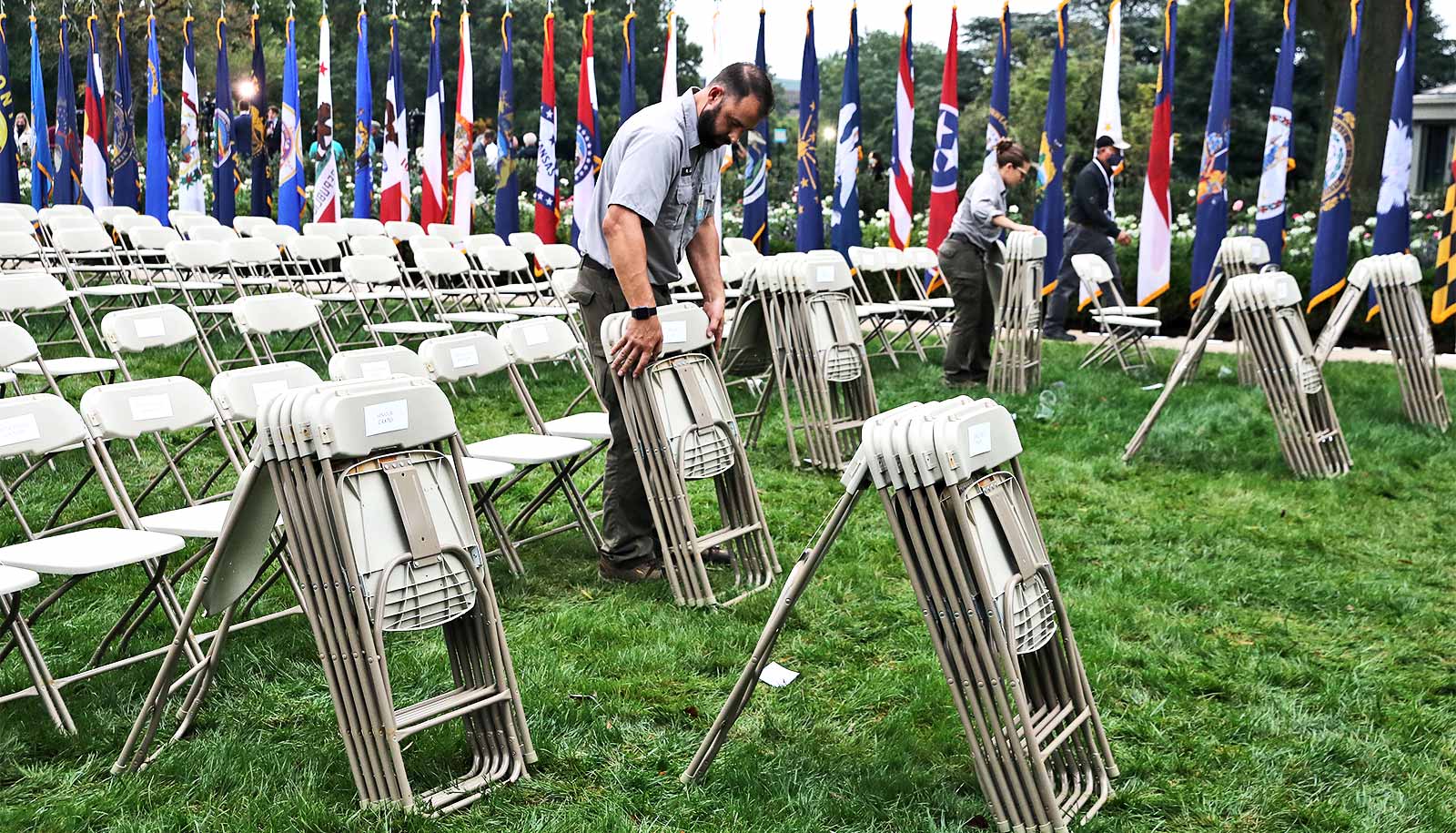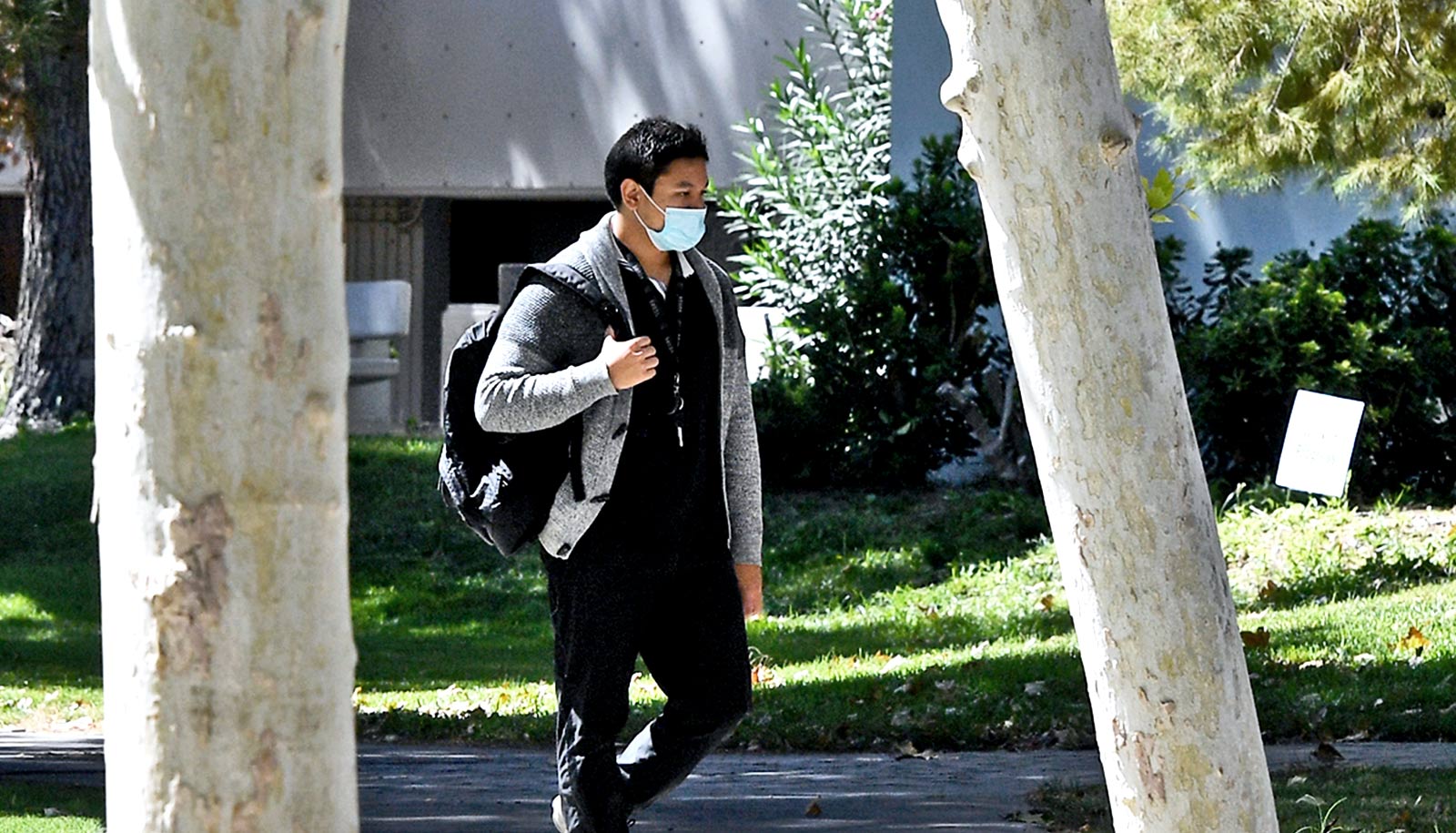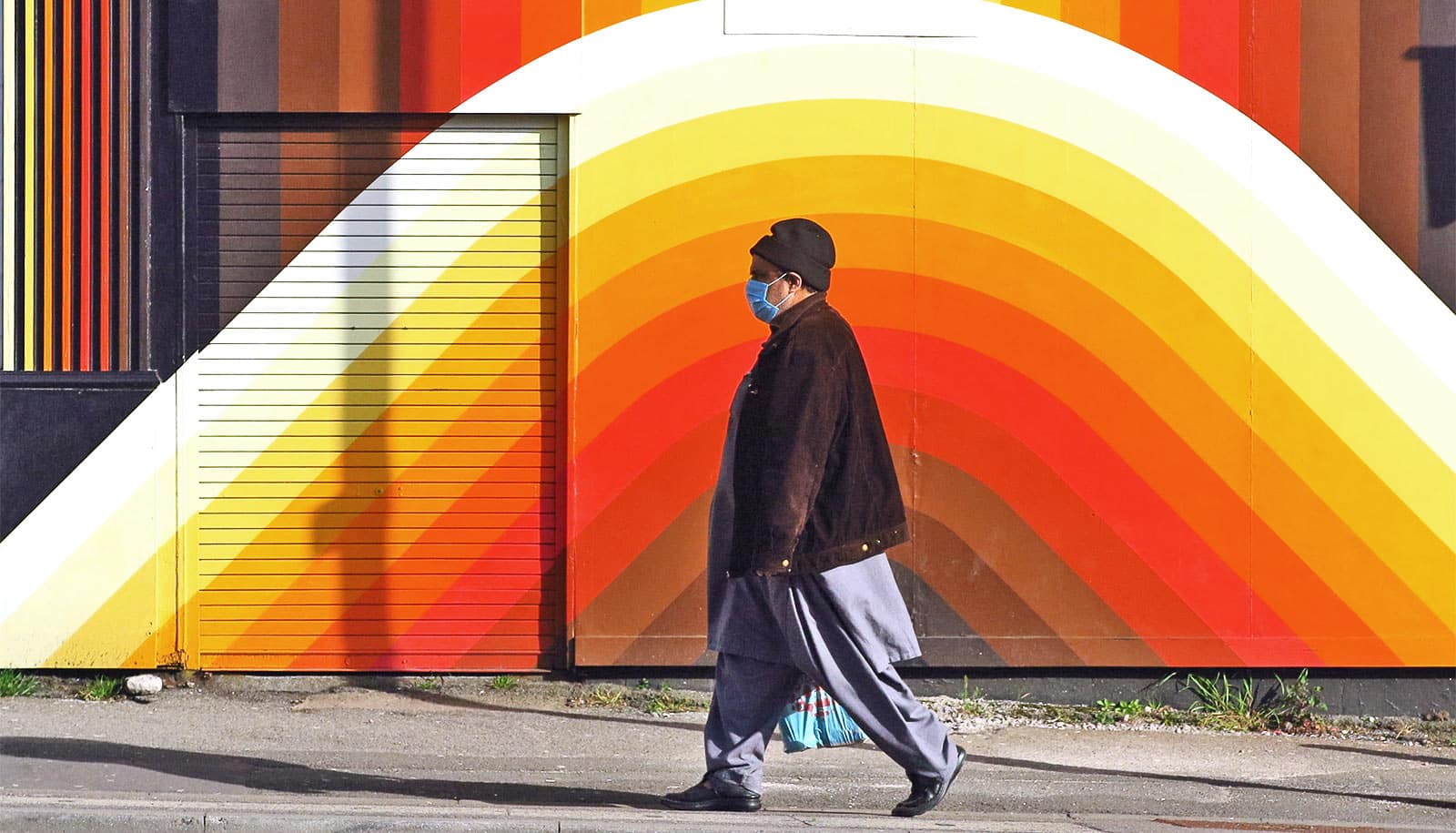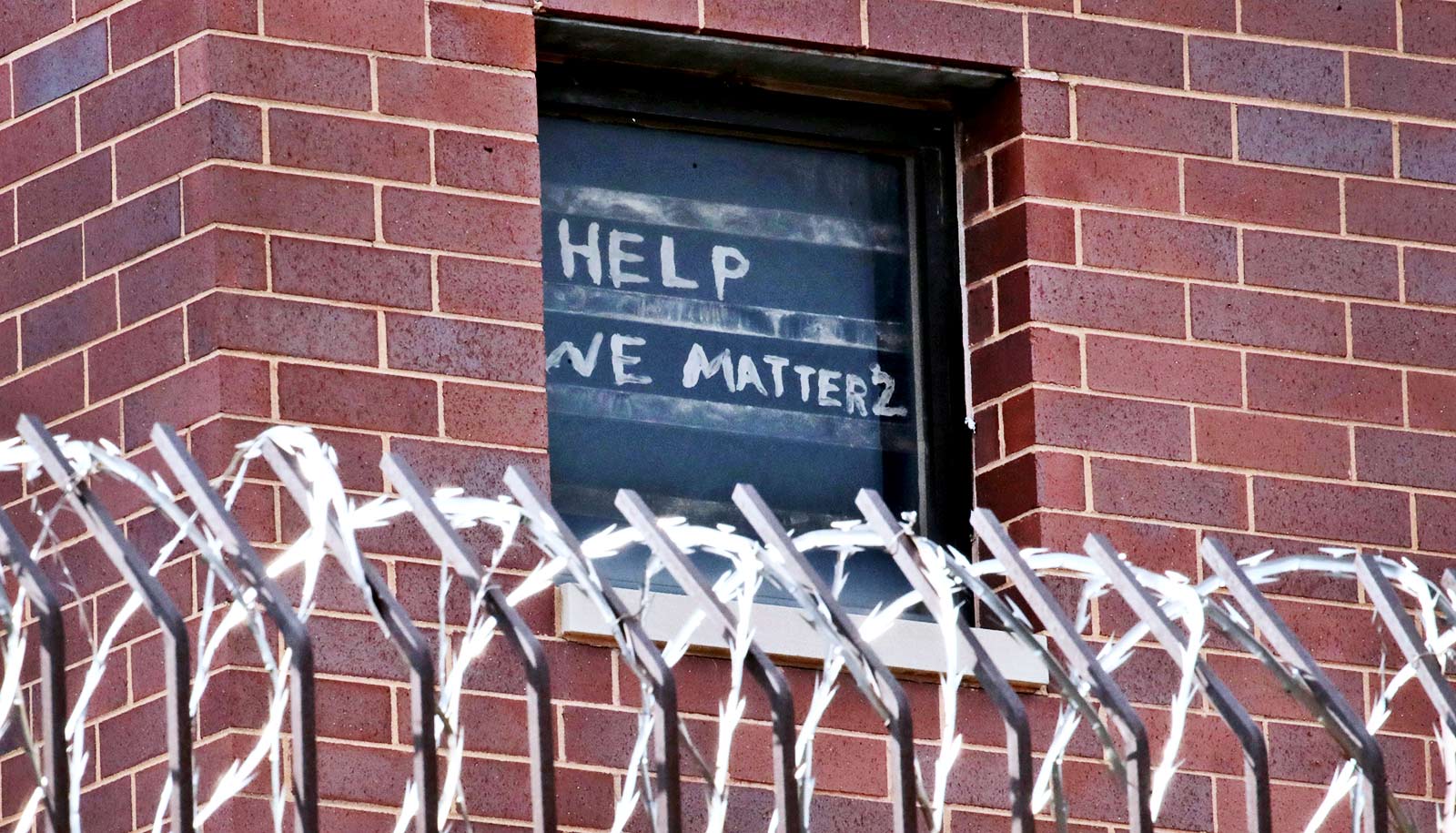What exactly is a COVID-19 “superspreader” event or person? How can these events be prevented? An expert has answers.
“A 10-person birthday celebration or 100-person wedding can all be superspreading events. It only takes a single infected person to infect many.”
After President Donald Trump contracted COVID-19 and 34 people connected to the White House were infected, there is speculation that a Rose Garden ceremony introducing US Supreme Court nominee Amy Coney Barrett might have been a coronavirus “superspreader” event.
Here, Perry N. Halkitis, dean of the Rutgers University School of Public Health, discusses what we know about superspreaders, how infections accelerate, and what we can do to prevent these superspreading events from happening:
Are there special circumstances that make a person or an event a superspreader?
Someone who has SARS-CoV-2, the virus that causes COVID-19—or any other viral infection like influenza, HIV, or measles—can become a superspreader. An infected person must “isolate” to prevent spreading the disease to others and must stop behaviors that cause the disease to proliferate in the population. If the person is unaware that they are infected with SARS-CoV-2—perhaps due to inadequate testing, duration to receive results or barriers to accessing testing like cost, availability, and even anxiety—they can spread the disease to others especially at events that do not have mask requirements or do not allow for adequate social distancing.
As we enter the 10th month of this pandemic, many people are beginning to experience a phenomenon known as “COVID fatigue” in which they are less motivated to follow the basic principles of COVID-19 prevention, including wearing a mask, washing hands, and socially distancing.
This is the challenge of behavioral maintenance that has tested public health efforts for decades whether it is wearing a mask consistently or with addictive behaviors such as abstaining from the use of tobacco products.
Is there a definition for what makes a “superspreader event?”
Not necessarily. A 10-person birthday celebration or 100-person wedding can all be superspreading events. It only takes a single infected person to infect many. This does not just apply to COVID-19. In my nearly three decades of work in the field of HIV, we have traced how a single case could and would often lead to clusters of infections.
How does viral load factor in and how quickly can a person infect others after becoming infected?
Like with any viral infection, the higher the viral load, the more infectious a person is. Much is still being learned about this new disease and the viral dynamics of SARS-CoV-2. An infected person can spread COVID-19 starting 48 hours before they show symptoms or test positive. The period of infectiousness persists and thus isolation is critical as the viral load diminishes over time. Isolation may be reconsidered 10 days after symptoms first appeared and 24 hours without fever—without the use of fever-reducing medications—and the absence of any other symptoms of COVID-19. This is why our goal must be to encourage isolation of infected individuals much like we encourage individuals to stay home when they are sick with the flu.
Do superspreader events pose a unique danger?
Since it’s hard to identify what may become a superspreading event, it’s important to gather attendee contact information at any event so that contact tracers may reach out to those who may have been exposed to a pathogen. Additionally, we’re seeing that many events that have been dubbed “superspreading events” have had people from various geographical regions in attendance. This is particularly concerning as these individuals have the potential of bringing the disease back to their communities.
A great example is the recent event the president attended at his country club in Bedminster, New Jersey, where many people came from across the state, potentially became infected, and took the virus back to various parts of the state.
What can be done to mitigate the impact of a superspreading event?
There should not be in-person events—especially large indoor gatherings—until we have a safe and proven vaccine that is freely available to all.
The rules to avoid infection are fairly simple: wear a mask consistently, physically distance from others, socialize with people outside of your household outside with masks on, wash your hands regularly, get tested if you think you may have been exposed, and cooperate with contact tracers.
Also, we should be guided by “4T”—Target & Test, Treat & Trace—sound and proven behavioral approaches that will keep us healthy and safe in the absence of a vaccine for SARS-CoV-2.
Source: Rutgers University



